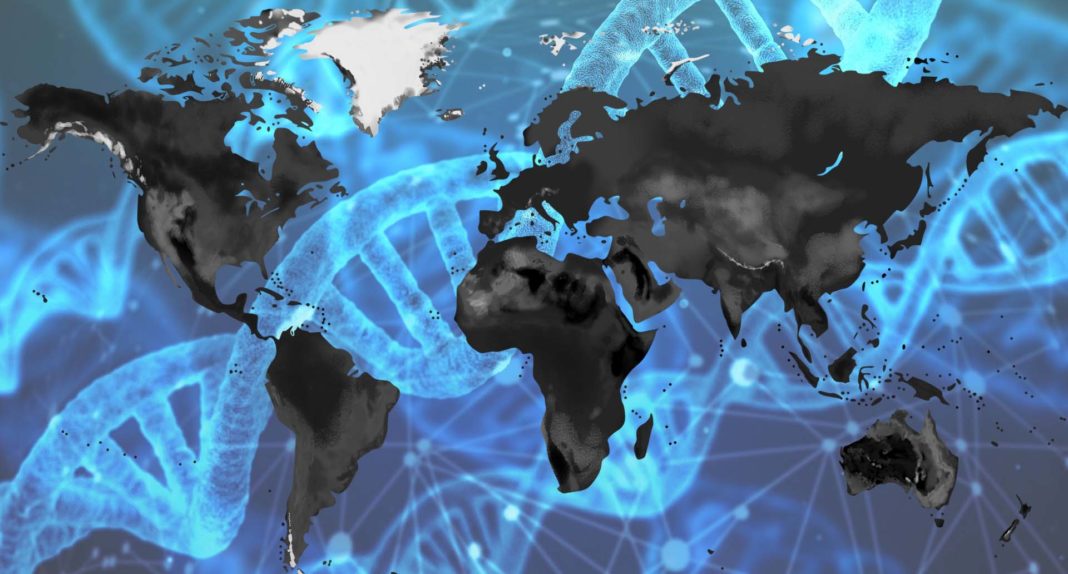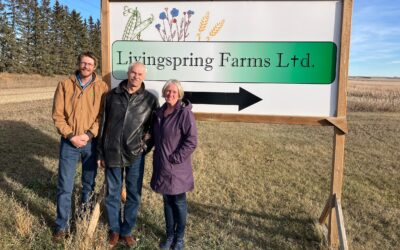Technological advancements are moving at lightning speed and governments around the world are struggling to keep pace. As agriculturalists look to new breeding techniques, government agencies around the world have a heavy responsibility on their collective shoulders to regulate – without stifling – these techniques.
“It’s an exciting and critical time for us to think, from a regulatory perspective, about how we’re going to bring new products to market,” says Fan-Li Chou, American Seed Trade Association (ASTA) vice president for scientific affairs and policies, during a live Seed Speaks panel discussion at the ASTA CSS and Seed Expo 2021. “We need to have regulatory approaches that fit the purpose and that are science-based and risk proportionate and adjusts as we accumulate more scientific knowledge.”
The ultimate goal for seed industry representatives is to ensure there’s still room for innovation with regulatory processes. If it’s too complex, time consuming or expensive, the potential of new breeding technologies (NBTs) will never be realized. Consistency is critical globally as any differences can have a direct impact on seed and food trade.
Trade Implications
Undoubtedly, the seed industry is more global today than ever in history. Countries rely on each other for not only food trade, but global seed trade as well. Uncertainty in regulation weighs heavy.
“Europe is very important in terms of seed export and import and also the import of agricultural products and foods,” says Szabolcs Ruthner, International Seed Federation (ISF) regulatory affairs manager. “So, it’s important to understand what will happen with genome editing policies.”
Differences in policy from country to country will have sizeable impact.
“The seed industry is very integrated around the world – especially with U.S. and Europe,” Chou says. “It’s not just seed trade, but also seed movement from a production perspective. So, for our industry to thrive we really need regulatory policy alignment internationally.”
Take a look at the global status – including Africa, Asia and the Americas – of regulations involving NBTs on the next page. Clear challenges are beginning to emerge as policies are finalized.
Influence on Innovation
With the potential to cut breeding time nearly in half, NBTs have great potential. From creating products that could be derived from conventional breeding faster, to creating new biotech products that revolutionize the industry, innovation from these techniques is imminent.
“At the end of the day, these are tools that can help us achieve the objective of food and nutritional security,” Chou says. These innovations could be what helps developing nations move forward to provide citizens with more stable food supplies, which means the countries can advance in other areas.
Without access to clear and fair regulatory framework, seed companies are less likely to invest in these new breeding techniques, and therefore less likely to achieve novel innovations through them. The potential might be capped before it’s even given the opportunity to start.
“We need a lot of communication, not only within the seed family,” says Diego Risso, Seed Association of the Americas (SAA) executive director. “It’s a huge challenge for us to communicate the benefits and safety of these technologies.”
Global Policy Update
Certain South American countries are very advanced in their approach to establish regulatory frameworks for new breeding techniques science based and flexible to innovations, aside from those countries, regulations have yet to be determined.
Here’s a quick look at statuses from countries and/or regions each of the American Seed Trade Association (ASTA) Seed Speaks Live experts represent.
Africa
Overall, Africa has far fewer developments than much of the world. A small number of countries have begun drafting regulatory policies for new breeding techniques and will likely take cues from other nations once their framework is finalized.
“There are two countries that have positive developments as they have adopted policies,” says Szabolcs Ruthner, International Seed Federation (ISF) regulatory affairs manager. “The countries are Nigeria and Kenya. They are following a good path [focused on the product, not the process].
“We recently got very negative news from South Africa – which is interesting because South Africa is always kind of pro-technology, pro biotech,” he adds. “Basically, all products from gene editing will be seen as GMOs, so they have to go through the same pre-market and safety assessment as biotech.”
Asia
“Asia is an important region for vegetable seed import and other commodities,” Ruthner says. “They are catching up [in terms of publishing drafted policies].”
While there are many countries in Asia, the high-level view is looking favourable for breeders. For example, Japan and Australia consider products conventional so long as it’s a small modification like deletion or insertion. In addition, Australia is working to ‘future-proof’ their regulatory framework.
“There are many positive developments in southeast Asia such as Philippines, Thailand and Singapore,” Ruthner says. Philippines and Singapore recently published the draft guidelines with many positive elements and Ruthner looks for other countries in that region to follow a similar approach.
However, the outlook is less promising in China, India and South Korea. The direction overall is still largely unknown but doesn’t look like it will be favourable for breeders. Additionally, India’s proposed guidelines are focusing on the process, not the end product and are quite restrictive.
European Union
“In 2018 the European Court of Justice basically said targeted mutagenesis and classical transgenic events are the same thing,” Ruthner says. “So, the situation today is any product that has been created by genome editing is considered GMO with the same strict pre-market assessment and approval process.”
It’s a process-based, not product-based approach. He says it’s not surprising because the GMO Act in the EU dates back to 2001 and is based on knowledge form the late- to mid-90s and regulation hasn’t kept up with science and processes used today – despite outcry from the scientific community.
The most recent news for novel genomic techniques, as they’re called in EU, is a European Commission-sanctioned study was released with positive outcomes for the agricultural scientific communities. In essence, the study said that current regulatory framework needs to be updated to fit the purpose novel genomic techniques pose for farmers and other stakeholders. Right now, it’s hindering innovation.
Spring 2022 public comment period will open as the Commission proposes changes to the dated legislation.
South and Central America
“Argentina was one of the first – if not the first – to have a regulation in place, but shortly after them other countries like Brazil, Colombia, Paraguay, Chile and very recently Honduras and Guatemala also developed regulations,” says Diego Risso, Seed Association of the Americas (SAA) executive director. “While the regulations are quite diverse, at the end of the day they have something in common: if no foreign DNA is found in the final product, then this product will be considered non-GM.”
If it’s non-GM, that means it’s conventional and the regulatory process is much simpler and more time & cost-efficient for companies and research institutes who wish to innovate. However, if foreign DNA is found or the product is a GMO, it will go through the typical approval process for a GMO.
“Companies have sort-of challenged the system with products to see how the system works to release a final product into the market,” Risso says. “So far, we’re receiving good feedback on how the different systems are working in a predictable manner.”
United States
“We have three federal agencies that may regulate or have some purview over products from new breeding techniques and they’re in the process of modernizing a 30-year-old framework of regulatory processes that was designed for products of classic genetic engineering,” says Fan-Li Chou, ASTA vice president for scientific affairs and policies.
USDA was the first to finalize their revision to reflect products developed using NBTs, such as genome editing. Right now, Chou says the regulations leave room for innovation. For example, if certain products are similar to conventionally bred products, they are exempt from regulations that applies to products of genetic engineering .
EPA proposed regulation revision that is very similar to USDA, but it’s not yet finalized. FDA is the final agency set to release a revised policy. While each of the agencies have their own regulatory purview and statutory authority, they’ll have to work together to ensure maximum regulatory alignment.
Related Articles
New Breeding Technology Policies Still To Be Determined
When is a Novel Food Novel? That Question is Finally Being Answered





